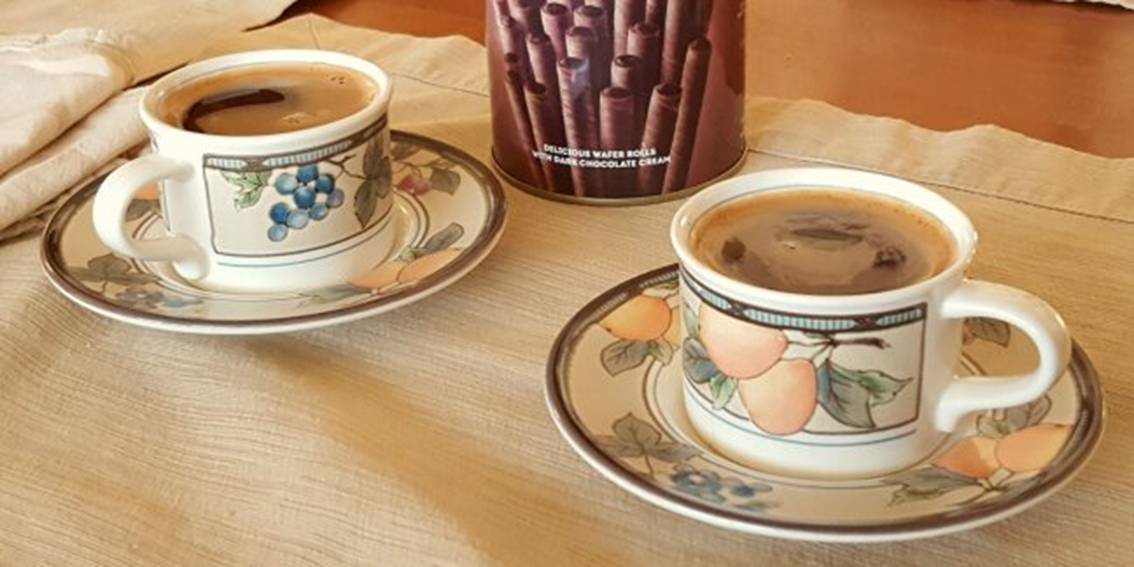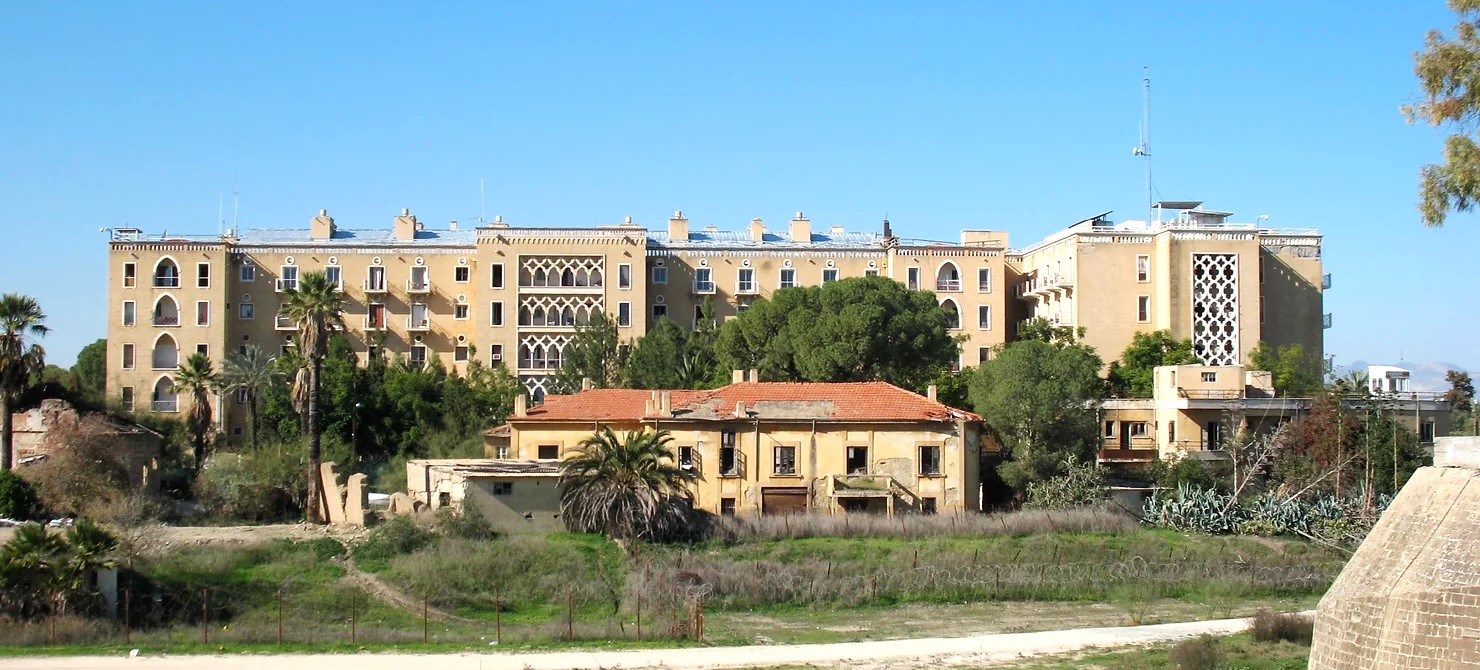Cyprus Traditional Coffee
The History of Cyprus Traditional Coffee: Cyprus traditional coffee carries a rich history shaped by diverse cultural influences. The Ottomans introduced coffee to the island during their rule, bringing a well-established coffee culture. Over time, Cypriots embraced and adapted it, creating their own unique coffee tradition.
The Art of Brewing
Cypriot coffee, also known as “kafes,” resembles Turkish coffee in preparation and taste. A small pot called a “briki” brews the coffee using finely ground beans, water, and sugar (if desired). The coffee is served in small cups, with the grounds settling at the bottom. A glass of water usually accompanies it, enhancing the drinking experience.
Social Significance
Coffeehouses as Social Hubs: The first coffeehouses, known as “kafeneio,” became central meeting points. Men gathered to drink coffee, exchange news, discuss politics, and play games. These cafés played a vital role in social life, fostering community interactions.
Coffee and Hospitality
Serving coffee symbolizes hospitality in Cyprus. Hosts offer coffee to guests as a sign of respect and warmth. This tradition reflects the island’s welcoming culture and deep-rooted customs.

Ceremonial Importance
Coffee plays a role in many social occasions. Families serve it during gatherings, celebrations, and even mourning periods. It represents unity, comfort, and shared experiences.
A Symbol of Resilience
Cultural Persistence: Despite the rise of modern coffee chains, Cypriots continue to cherish their traditional coffee culture. Many still prefer traditional kafeneio over trendy cafés.
Modern Influence
Urban areas blend tradition with modernity. Contemporary coffee shops coexist with classic kafeneio, offering a diverse coffee experience.
Preservation and Promotion
Efforts to preserve and promote traditional Cypriot coffee keep its legacy alive. Cultural events and tourism initiatives highlight its significance, attracting visitors eager to experience authentic Cypriot coffee.

Preparing Cypriot Coffee
A traditional long-handled pot, called a “mbriki” or “cezve,” is essential for brewing Cypriot coffee. Most traditional pots use copper or brass, known for their excellent heat conductivity. Modern versions may feature stainless steel or ceramic, but copper remains the preferred choice.

Choosing the Right Coffee Pot
Size: Choose a pot based on the number of servings. Sizes range from 100ml to 300ml.
Shape: A narrow top and wider bottom help create stable foam (“kaimaki”).
Handle: A long, heat-resistant handle ensures safe handling.
Using the right pot enhances the brewing process, ensuring rich and flavourful coffee.
Serving Coffee with a Glass of Water
Serving Cypriot coffee with water enhances the overall experience.
Why Serve Water with Coffee?
Palate Cleanser: Drinking water before coffee allows for better appreciation of its flavors.
Hydration: Coffee can dehydrate, so water balances this effect.
Cultural Tradition: In Cyprus and other Mediterranean regions, serving coffee with water symbolizes hospitality.
How to Serve Coffee with Water
1. Place the water glass next to the coffee cup on a tray.
2. Position it opposite the serving hand (e.g., if serving with the right hand, place the water on the left).
3. Ensure the water is room temperature or slightly cool.
4. This thoughtful touch adds elegance and authenticity to the coffee ritual.
Coffee Fortune-Telling
Coffee fortune-telling, known as “tasseography,” interprets coffee ground patterns to reveal insights about the future.
Steps in Coffee Fortune-Telling
Drinking the Coffee: The person drinks the coffee, leaving some liquid and grounds at the bottom.
Flipping the Cup: The cup is turned upside down on the saucer, allowing the grounds to form patterns.
Interpreting the Symbols: A skilled reader examines shapes, lines, and clusters in the dried grounds.

Making Predictions: The patterns reveal insights into relationships, career, and personal matters.
Tips for Coffee Fortune-Telling
Experience Matters: Skilled readers often inherit the practice through generations.
Open Interpretation: Different readers may interpret the same pattern differently.
Symbolism is Key: Recognizing common symbols enhances accuracy.
Respect the Tradition: Approach tasseography with an open mind and appreciation for its cultural significance.
Though not based on science, many enjoy coffee fortune-telling as a fun and introspective experience.
A Timeless Tradition
Cyprus traditional coffee remains an integral part of the island’s culture. From brewing to serving, every step carries deep-rooted traditions. Whether shared in a kafeneio or at home, Cypriot coffee embodies hospitality, resilience, and a rich cultural heritage.
You May Also Like This
The Story of the Paphos Pelican Kokos: https://anatolikilemesou.com/?p=3240




